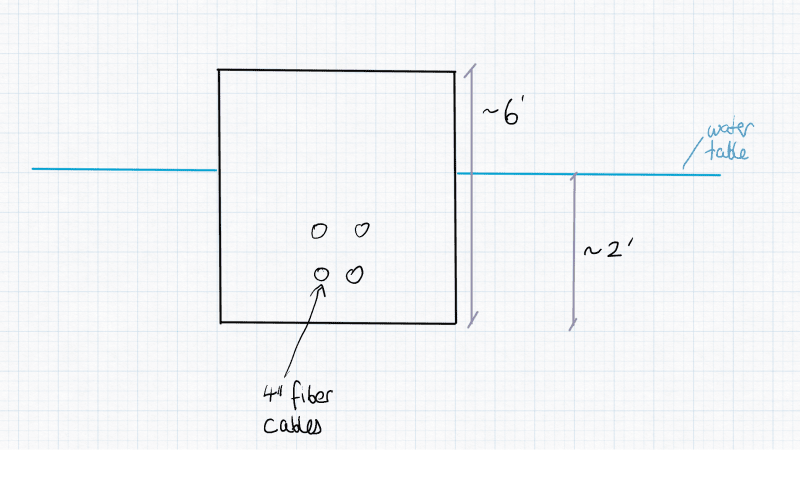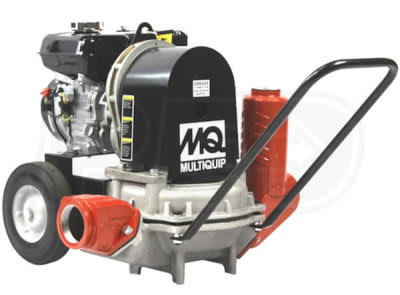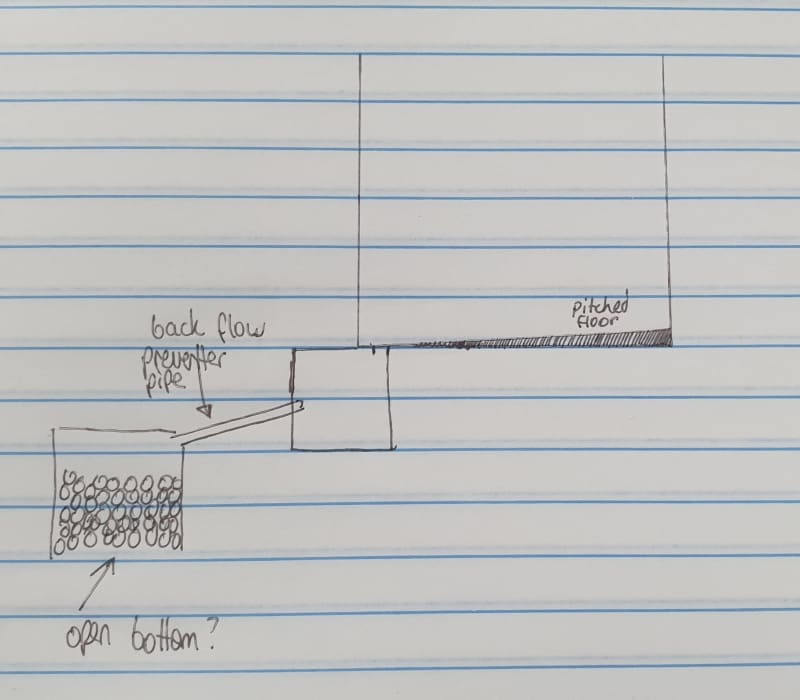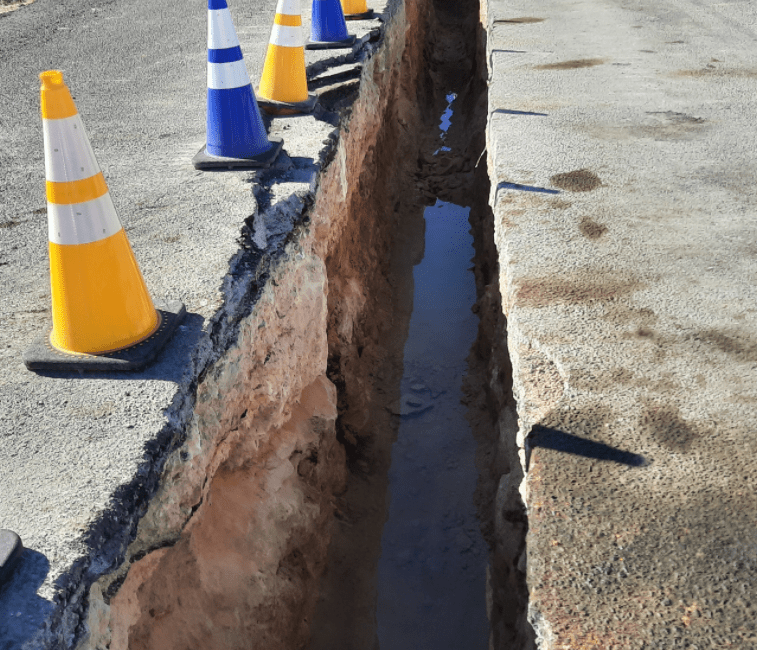Hi there,
I am working on a manhole that is below the water table.
The client is asking if we can install some drainage inside the manhole but I am thinking that if we put a drainage hole at the bottom of the manhole, there will be water ingress in the manhole up to the water table level.
How is drainage in this case normally dealt with?
I could potentially just tell the client to make it water tight but I would want some reasoning behind that statement.
The manhole is being used to transition subsea fiber cables to land. If I make it watertight, I would also need to make the hole around the cables watertight as well. I guess an additional question whilst I'm at it. Would these be adequately watertight if I just have them cast in the concrete or would there need to be some form of water tight gasket seal or something?
Any advice would be appreciated.
I am working on a manhole that is below the water table.
The client is asking if we can install some drainage inside the manhole but I am thinking that if we put a drainage hole at the bottom of the manhole, there will be water ingress in the manhole up to the water table level.
How is drainage in this case normally dealt with?
I could potentially just tell the client to make it water tight but I would want some reasoning behind that statement.
The manhole is being used to transition subsea fiber cables to land. If I make it watertight, I would also need to make the hole around the cables watertight as well. I guess an additional question whilst I'm at it. Would these be adequately watertight if I just have them cast in the concrete or would there need to be some form of water tight gasket seal or something?
Any advice would be appreciated.





